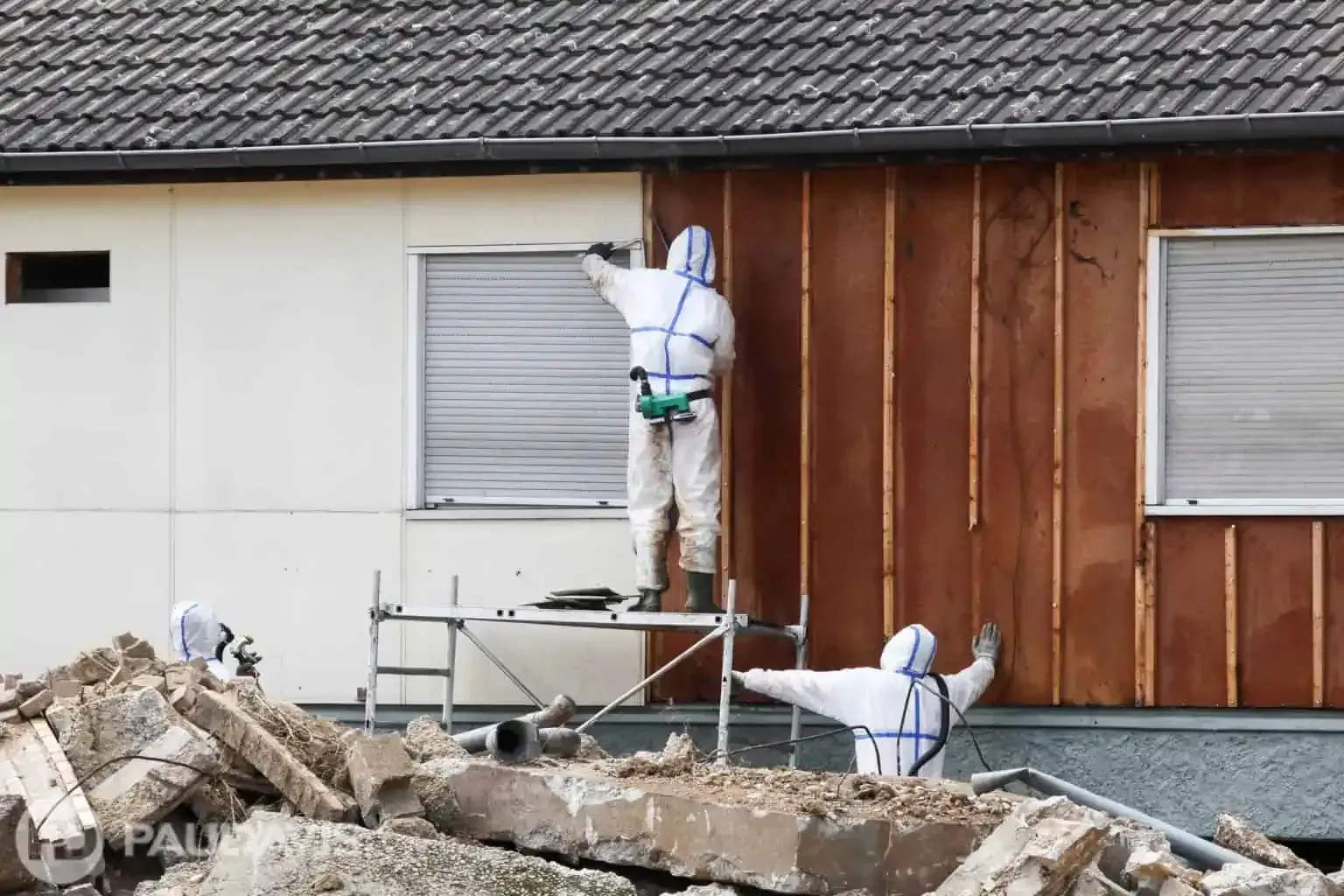What You Don’t See Could Be Dangerous: Know the Risks of Hidden Asbestos

Asbestos — once hailed as a miracle material — seemed too good to be true. Lightweight, heat-resistant, affordable, and easy to work with, it was added to thousands of consumer and construction products across Canada and beyond.
The problem? It was too good to be true.
Over time, the devastating health impacts of asbestos exposure became impossible to ignore. And unfortunately, many older buildings — including homes, schools, and commercial properties — still contain asbestos-based materials today.
Where Might Asbestos Still Be Hiding?
“If your property was built more than 40 years ago, it’s very possible you have asbestos in the building,” says Peter Heary, of Paul Davis GTA in Ontario. “It could be in the ceiling tiles, floor tiles, drywall compound, pipe insulation, roofing, even exterior siding.”
The good news? If these materials are intact and undisturbed, they may not pose an immediate threat.
But if you’re renovating, dealing with fire or flood damage, or if materials start to break down, asbestos can become airborne — and dangerous.
Why Is Asbestos So Harmful?
When disturbed, asbestos fibres become microscopic particles that float through the air. Once inhaled, they embed deep in the lungs, where the body cannot remove them. Over time, exposure can lead to:
Mesothelioma, a rare and aggressive form of cancer
Asbestosis, an incurable lung disease
Other respiratory conditions, even after low-level, long-term exposure
There’s no “safe” way to handle asbestos on your own. Professional help is critical.
What Should You Do If You Suspect Asbestos?
Peter Heary outlines several key steps:
Hire a certified asbestos mitigation contractor. The company should test materials, explain your options, and provide a written estimate without pressure.
Verify credentials. Ensure your contractor is licensed, insured, and certified under provincial and federal regulations.
Review the plan. Does it include safe removal or approved containment methods? Do you need to vacate the premises during the process?
Understand your options. In some cases, containment may be safer than removal. Ask how this might impact resale, insurance, or compliance with municipal codes.
When in Doubt, Call the Experts
“Asbestos fibres are nearly invisible — about 18,000 times thinner than a human hair,” says Heary. “Only trained professionals using industry-standard safety protocols can handle them safely.”
If your building is over 40 years old and you’re planning renovations or have experienced property damage, don’t take risks.
📞 Call Paul Davis Canada at 1-800-661-5975. Our certified teams are here to help you navigate the process — safely and with confidence.
The Difference Makers.
Our Emergency Response Promise
Paul Davis franchisees across Canada are ready to respond to your property damage, 24/7.
We'll contact you within 30 minutes of your call
We’re onsite within hours
We document your process thoroughly
We serve you with empathy and concern for your situation



